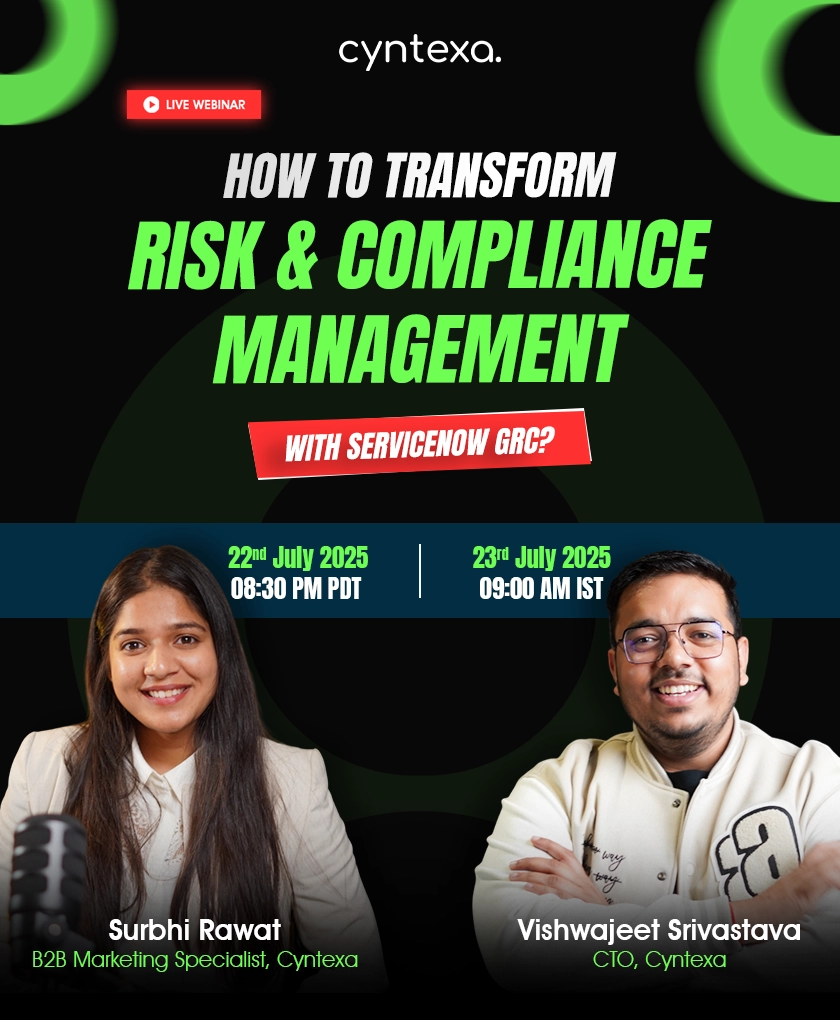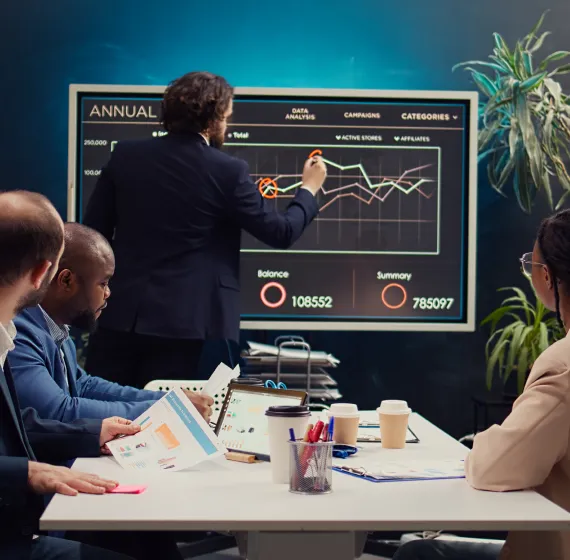About the Client
Our client is a leading financial services firm headquartered in New York, operating across multiple global markets with assets under management exceeding $500 billion. The organization provides wealth management, investment banking, and retail banking services. As a trusted financial institution, the client has consistently focused on delivering secure and compliant financial solutions to its customers while expanding into digital services. Their business model is centered around innovation, regulatory compliance, and operational efficiency, ensuring they remain at the forefront of financial services advancements.
Challenges
1. Manual and Disjointed Compliance Processes
The client relied on outdated compliance management methods, using spreadsheets and legacy systems to track and manage regulatory tasks. This manual approach created inefficiencies, making it challenging to ensure compliance efforts’ accuracy, consistency, and timeliness. Additionally, the lack of automation meant compliance teams struggled to adapt quickly to evolving regulatory landscapes. Without a streamlined process, the organization was becoming prone to increased risks of non-compliance, penalties, and operational bottlenecks.
2. Lack of Centralized Risk Visibility
Without a unified platform to manage enterprise-wide risks, different departments operated in silos, making it nearly impossible to gain a holistic view of potential threats. This meant that risks were often mismanaged, overlooked, or only addressed when they escalated into significant issues. The lack of real-time visibility made it challenging for leadership to make informed decisions.
3. Inefficient Audit and Control Testing
The audit process was time-consuming and resource-intensive due to the organization’s dependency on manual evidence collection. Compliance teams had to sift through various sources, locate relevant documentation, and verify control effectiveness across multiple business units. This inefficiency resulted in audit backlogs, delayed responses to compliance reviews, and an overall lack of agility in meeting regulatory deadlines. The absence of a streamlined system made it difficult to track and improve control testing effectiveness, posing the risk of non-compliance.
4. Vendor Risk Management Challenges
Managing third-party risks was another significant pain point. The organization needed standardized procedures to assess and monitor vendor compliance with financial regulations and data security requirements. The unavailability of this managed structure led to inconsistent vendor evaluations, where critical risks were either miscalculated or completely missed. Vendors could bypass necessary compliance checks without a comprehensive risk assessment framework, increasing the organization’s exposure to security breaches, financial fraud, and legal liabilities.
Solutions
To address the client’s operational challenges and compliance-related concerns, our ServiceNow experts recommended the implementation of ServiceNow GRC (Governance, Risk and Compliance), a powerful suite of solutions that offers automation, real-time insights, and streamlined processes.
1. Establishing a unified source of information using ServiceNow GRC
By deploying ServiceNow GRC, our experts help the client eliminate the inefficiencies of manual compliance track and automate the entire policy lifecycle. This solution streamlined policy creation, approval, and maintenance by integrating regulatory updates into the system. The system automatically updates policies and compliance frameworks whenever new regulations emerge, reducing the burden of manual monitoring. Workflow automation further enhanced efficiency by ensuring seamless approvals, exception handling, and adherence to compliance mandates. With real-time tracking, the client gained improved oversight, enabling faster responses to regulatory changes and minimizing compliance risks.
2. Risk Management with Real-Time Dashboards
A centralized risk register was introduced, consolidating all risk data into a unified system for enterprise-wide visibility. The solution provided real-time dashboards and analytics, allowing stakeholders to assess risks dynamically. By automating risk identification, scoring, and mitigation planning, the organization could proactively manage threats before they escalated. The intuitive dashboard presented a holistic view of enterprise risks, enabling leadership to make informed decisions quickly. With automated risk assessments and predefined escalation protocols, teams could address vulnerabilities efficiently, reducing the likelihood of financial or reputational damage.
3. Streamlined Audit Management and Control Testing
We automated audit workflows, evidence collection, and control testing processes within the ServiceNow GRC framework to overcome audit inefficiencies. The new system eliminated time-consuming manual tasks by automatically pulling relevant audit data and generating audit-ready reports. Internal and external auditors could seamlessly collaborate, accessing a centralized repository of compliance evidence. The organization ensured consistent compliance monitoring and quick identification of weak controls by standardizing control testing across business units. These improvements significantly reduced audit delays, enabling faster responses to regulatory inquiries and strengthening compliance readiness.
4. Vendor Risk Management for Third-Party Oversight
A dedicated vendor risk management module was integrated to enhance oversight of third-party relationships. This system provided a structured approach to assessing vendor risks using predefined compliance criteria aligned with financial regulations and data security standards. The organization ensured that all third-party engagements met regulatory expectations by automating vendor due diligence and performance monitoring. The solution also enabled continuous tracking of vendor compliance, reducing the risk of security breaches and regulatory violations. With this proactive approach, the organization gained better control over third-party risks while ensuring a secure and compliant vendor ecosystem.
Benefits
- Enhanced compliance tracking with real-time policy updates and automated regulatory reporting.
- Improved risk visibility and mitigation with centralized dashboards and predictive analytics.
- Reduced audit preparation time and improved collaboration with automated evidence collection.
- Strengthened third-party risk management with automated vendor assessments and monitoring.
- Increased operational efficiency through automated workflows and reduced manual intervention.




















